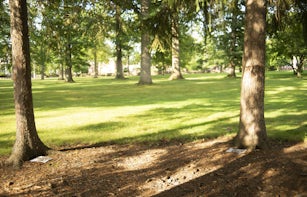Beyond Technology: Juan Downey’s Whole Earth

Julieta González gives a cybernetic reading of Juan Downey’s videos and electronic sculptures, contextualising his work within the changing relationships between art and technology of the 1960s and 70s. Richard Brautigan’s cyber-hippie poem of 1967 eloquently captures the spirit that animated the US countercultural technological utopias of the late 1960s and early 70s. The social movements that emerged during this period promoted an ecological relation between mankind and technology — one which challenged the defence-oriented culture of the early Cold War years and its use and control of scientific information in the arms race for world domination against the Soviet Union. The shift from post-War technocracy to the technological communalism promoted by US publications such as The Whole Earth Catalog or Radical Software also parallels the transition from first- to second-order cybernetics. Also known as the cybernetics of cybernetics, second-order cybernetics’ new paradigm for the study of systems of communication argued that the discipline needed to account for the role of the observer — what it dubbed the participant observer — in the system under observation. It introduced the notion of information as action, which would prove extremely important for artists working with video in the 1970s. It is against this backdrop that Juan Downey developed his practice as an artist after arriving, in 1965, in the US from Europe, where he had lived on and off, mostly in Paris, since leaving his native Chile in 1961.



